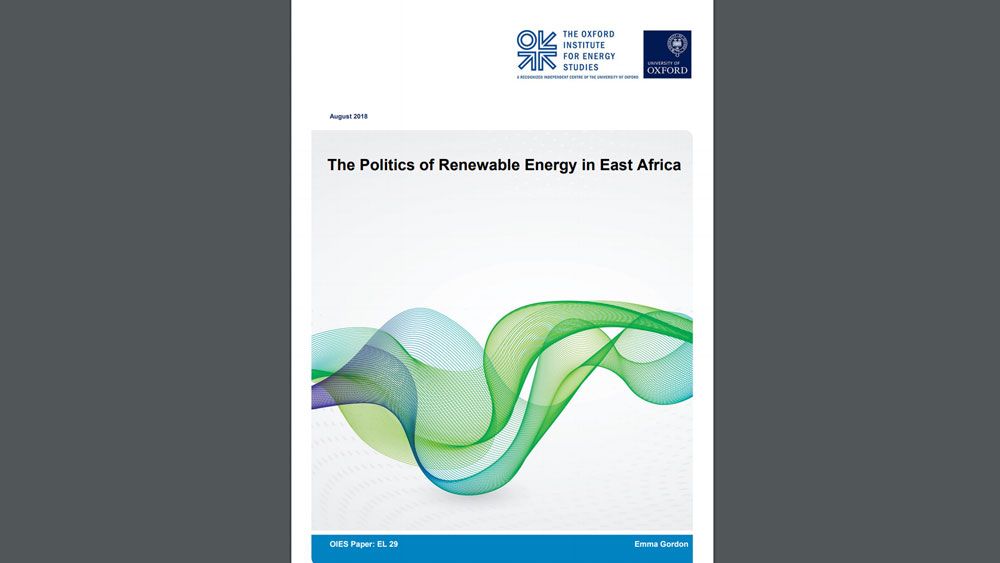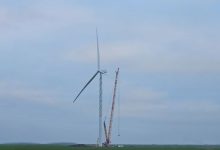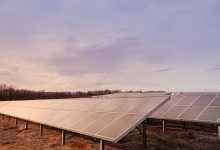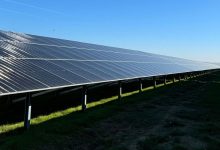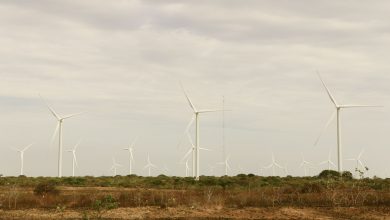OIES report: World’s biggest solar opportunity
A new paper from OIES explores how East Africa can make the most of renewable power
Less than a quarter of the population in East Africa has access to electricity – the lowest electrification rates in the world – according to a new report from The Oxford Institute for Energy Studies (OIES).
This startling figure, combined with the region’s vast natural resources, presents major opportunities for renewable energy investors, said ‘The Politics of Renewable Energy in East Africa’ study.
Solar irradiation levels are high due to proximity to the equator, wind speeds are some of the strongest on the continent, hydropower resources are plentiful and the Great Rift Valley is a promising source for geothermal power. Employing a country risk approach, the report compares the two largest economies in the region – Ethiopia and Kenya – to show how government policy impacts the decision on renewable energy investment.
Both countries have ambitious renewable targets and have created favourable policies for the sector. Equally, both have strong resources that span renewable energy types. Despite these similarities, the investment experience in the two countries is vastly different. In Ethiopia’s case, there are significant advantages to on-grid investments, whereas in Kenya, off-grid solutions present lower risks.
The paper explains these differences in investment as well as some of common obstacles that affect both solutions, from financing challenges to the 100 per cent renewable debate.
Conclusion
The renewable energy sector in East Africa presents a vibrant investment environment with opportunities for large on-grid projects in geothermal and wind, as well as commercially viable distributed solar investments. However, the prevalence of political, regulatory, and security risks can contribute to long delays in project finance. In some cases, investors have pulled out of projects or closed operations down entirely as a result of the regulatory uncertainty or physical threat to their assets. Yet despite this, an increasing number of private power producers persevere to reach financial close, and over the last year, off-grid ventures have completed record funding rounds.
East Africa is home to one of the largest hydropower projects in the world (the GERD, Ethiopia), one of the largest planned geothermal projects in Africa (Corbetti, Ethiopia), and the largest onshore wind development in Africa (Lake Turkana, Kenya). Equally, two record-breaking off-grid ventures are also in the region: M-Kopa in Kenya and Off Grid Electric in Tanzania, amongst others.
These examples hint to one of the key findings of this paper: that Ethiopia looks more favourably on large utility-scale projects, and that Kenya presents opportunities in off-grid innovation. This is partly driven by the differing risk landscapes in these countries. In Ethiopia, the risk is primarily in the political and regulatory stage, whereas physical asset risks are lower. The country’s less developed regulatory system means that investors are likely to be more reliant on government support to push ahead with a project. The government has proven more willing to throw its weight behind large utility-scale investments, while gaps in the legislation still prevent the rapid expansion of private off-grid investment.
Meanwhile in Kenya, asset risks are significantly higher and regulatory gaps are fewer. This creates an environment where projects with a large physical presence are at a disadvantage. Problems with land access and a high risk of protests can cause major delays to large, on-grid projects, but pose little or no risk to distributed off-grid models. Equally, since the legislative and regulatory environment is more developed, it includes provisions covering off-grid and micro-grid systems. This, combined with the boom in mobile payment technologies, has allowed for the roll-out of pay-as-you-go solar systems that support government electrification targets while still providing returns to international investors.
An understanding of these complex policy environments is not a panacea, and many projects in the region will still require extra due diligence before securing financing, including investigation into issues such as counter-party risk. However, the renewable energy sector is evolving rapidly, and both Ethiopia and Kenya have demonstrated their potential to be booming markets for the right investors.


